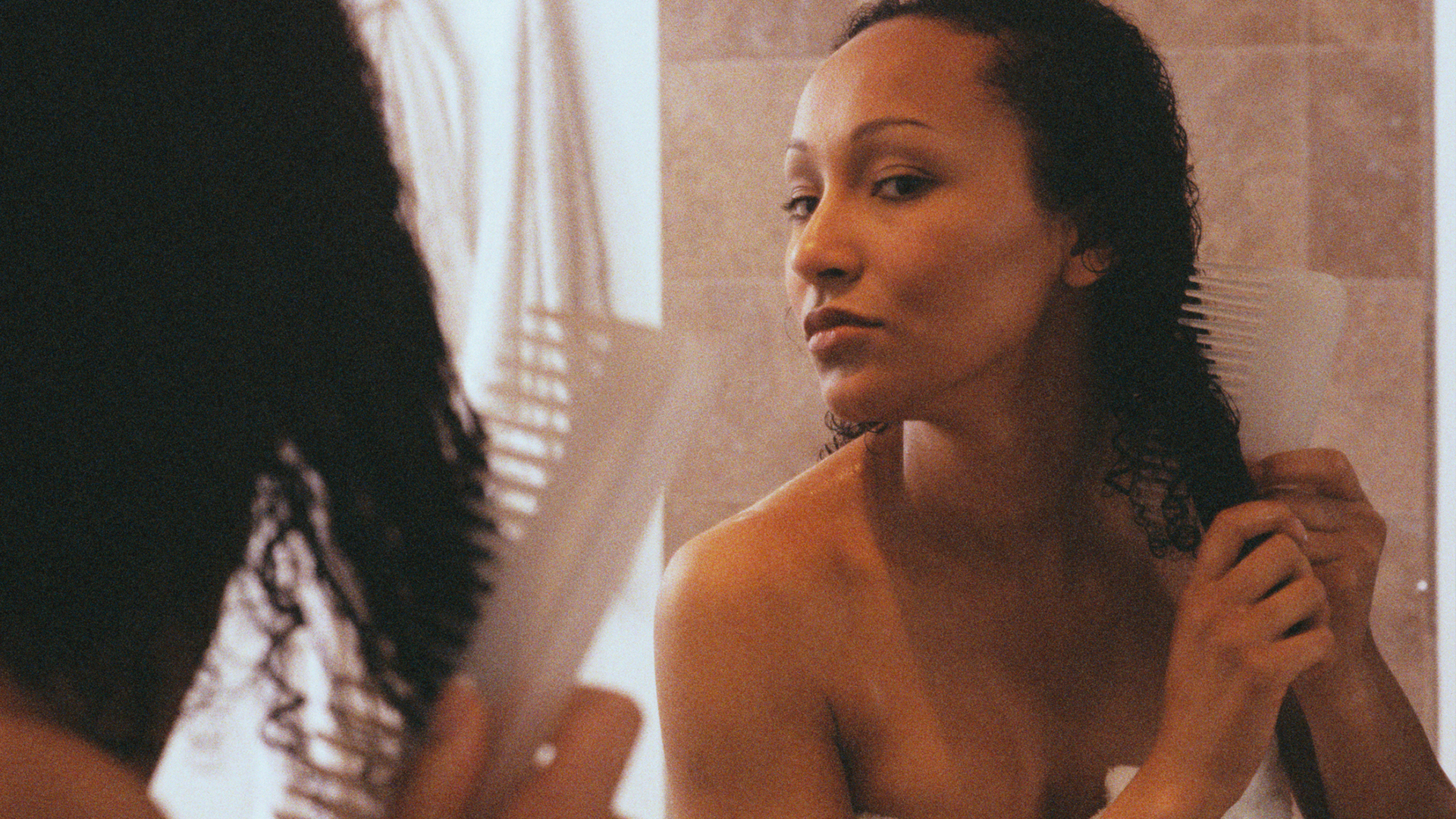The key to curating a perfect hair care routine for your curls not only lies in determining your curl type or the lineup of hair products that you reach for on a daily basis, it also includes determining your hair’s porosity level as well.
Hair what? If you’ve never heard of the term “hair porosity” before then don’t feel bad, you’re not the only one. Many women are unaware of this key component in taking care of their locks.
Hair porosity determines how well your hair can “retain and absorb moisture.”
According to Robin Groover, founder of the Atlanta-based Too Groovy Salon, “Porosity can be broken down into three categories: low, normal, and high.” In an interview with Byrdie, She explains that, “Low porosity hair has cuticles that are bound very close together, normal porosity hair has cuticles that are slightly less bound, and high porosity hair has cuticles that are more widely spread out.”
You can test your hair’s porosity at home.
View this post on Instagram
All you need is a glass of water and a clean strand of hair. Groover says, “Start by combing your hair to release the strands that are shedding, and then take those strands and drop them into your glass of water. Hair that has low porosity will float. Hair that is ‘normal’ porosity will float and then begin to sink slowly. Hair that is high porosity will sink immediately.”
What To Keep In Mind If You Have Low Porosity Hair:
Most people believe that low porosity hair is synonymous with unhealthy hair but Groover explains why this conclusion is false. “I love to tell people [it’s a myth]. Low porosity [hair] is actually healthy hair that’s not being moisturized correctly. The cuticle layer is intact, but you’re not moisturizing it properly, so it becomes dry and tangled.”
Be sure to wash and condition your hair at least once a week, up to two times a week is acceptable, and prep your hair on wash day by adding hair oil into the mix. Using a hair oil before you shampoo, allows the oil to penetrate the hair shaft and opens it up to hydration.
What To Keep In Mind If You Have Normal Porosity Hair:
If you have normal porosity hair then congratulations – you’ve found the right products for your locks and have correctly determined how frequently you should use them. To maintain your hair’s health, make sure that you have a deep conditioning mask in your hair care arsenal. “Incorporating deep conditioners in your regimen to maintain hair health and increase product absorption is key to achieving the best styling results.” Groovers recommends reaching for African Pride’s Moisture Miracle Moroccan Clay & Shea Butter Masque because it balances the hair while removing impurities, and strengthens and nourishes the hair shaft.
What To Keep In Mind If You Have High Porosity Hair:
With high porosity hair, one is more likely to experience dryness, frizziness and excessive breakage. Groover shares, “With high porosity [hair], you can take in moisture but you can’t retain the water. Because the protein structure of your hair, the cuticle layer is damaged from coloring, relaxing, etc. and you can’t hold onto it.”
Like low porosity hair, Groover recommends using an oil before you apply your shampoo on wash days. As well as, using a non-sulfate shampoo, using a deep conditioner with equal amounts of moisture and protein to rebalance the hair strands, and following up with a water-based moisturizer.
